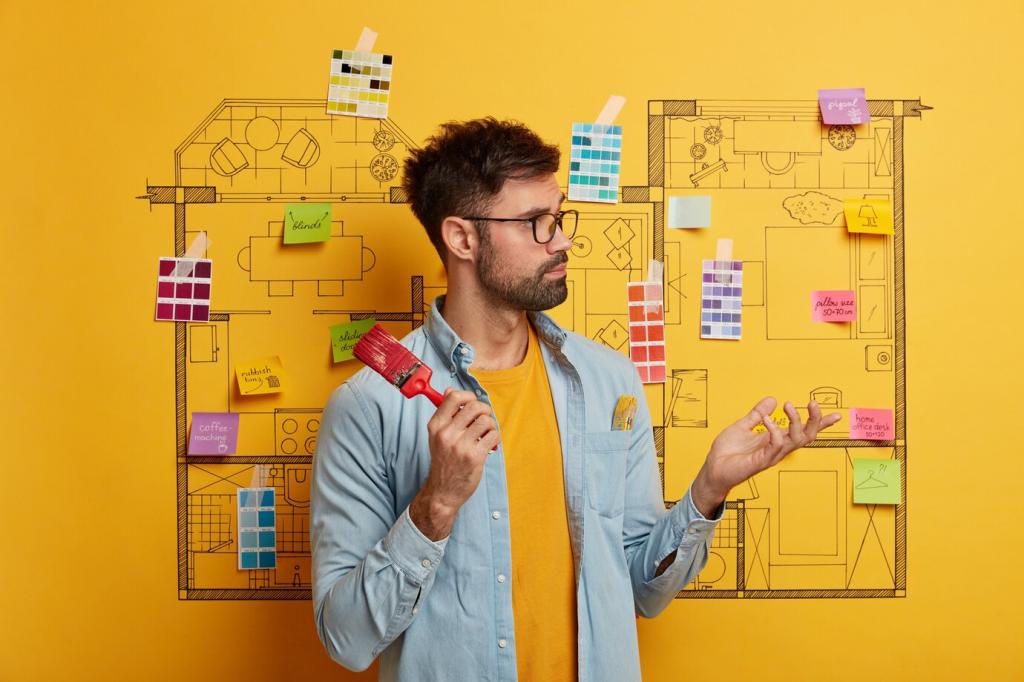Why Portable Partitions Belong in Every Open Studio
Traditional walls demand commitment; portable partitions deliver agility. Roll them out for a client visit, fold them back for a group critique, and reconfigure the room in minutes. This adaptability boosts productivity, keeps costs predictable, and aligns with evolving creative workflows. Tell us your reconfiguration pain points so we can help you iterate faster.
Why Portable Partitions Belong in Every Open Studio
Partitions create visual focus without sealing you in a box. Semi-translucent panels maintain daylight continuity while gently obscuring works in progress. Artists report fewer interruptions and a clearer mental boundary between tasks. Want to test this? Try a trial bay for a week and track your deep-focus hours; share results with our community.

